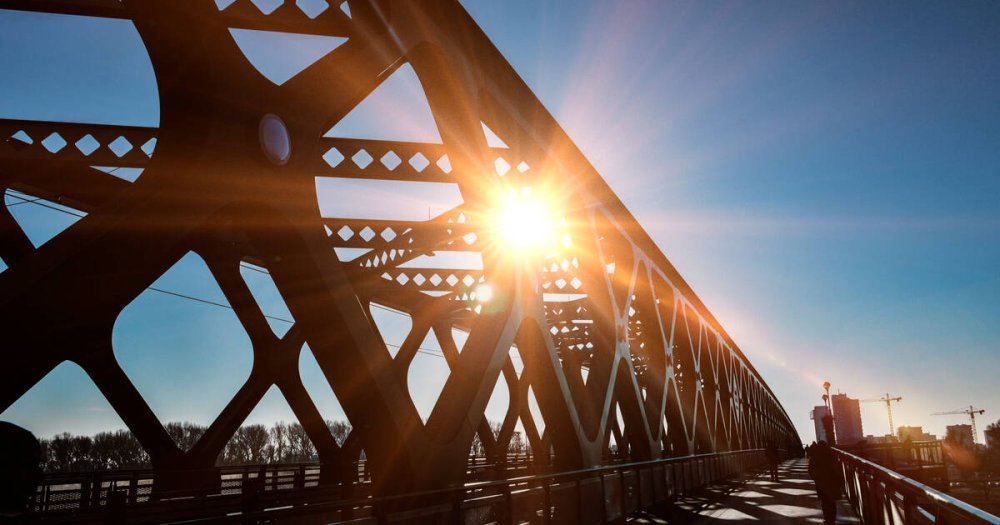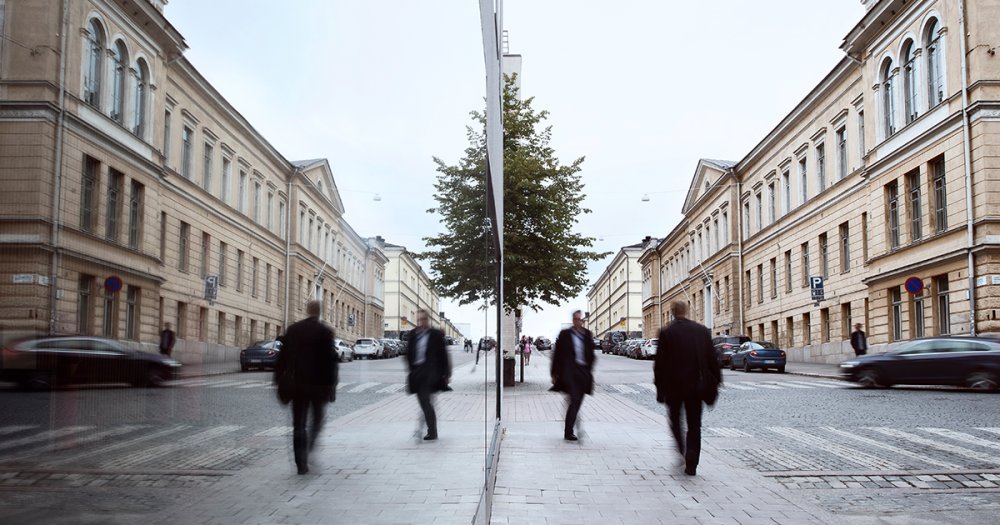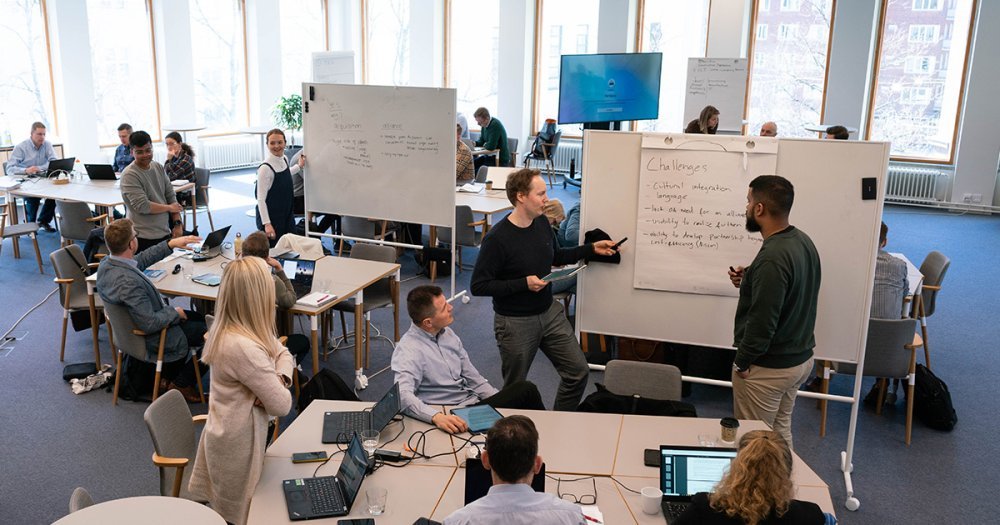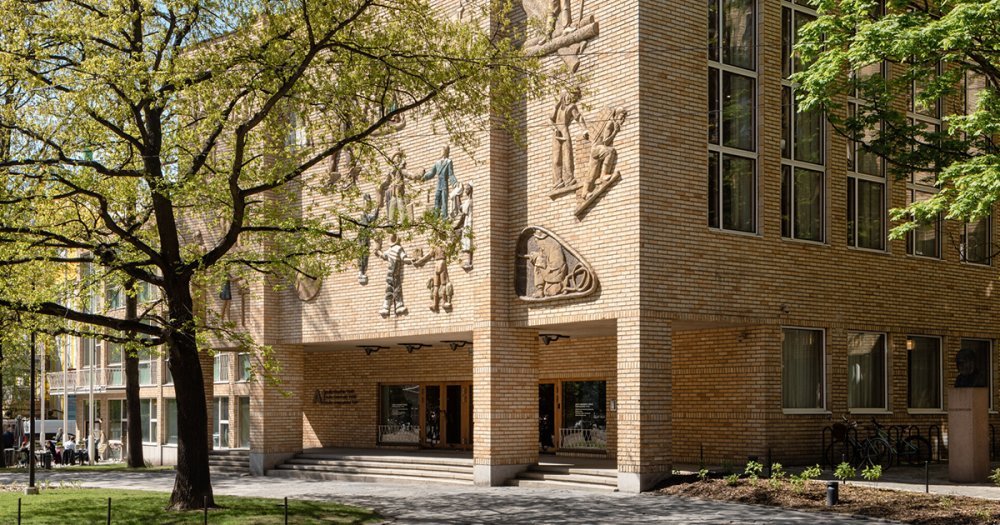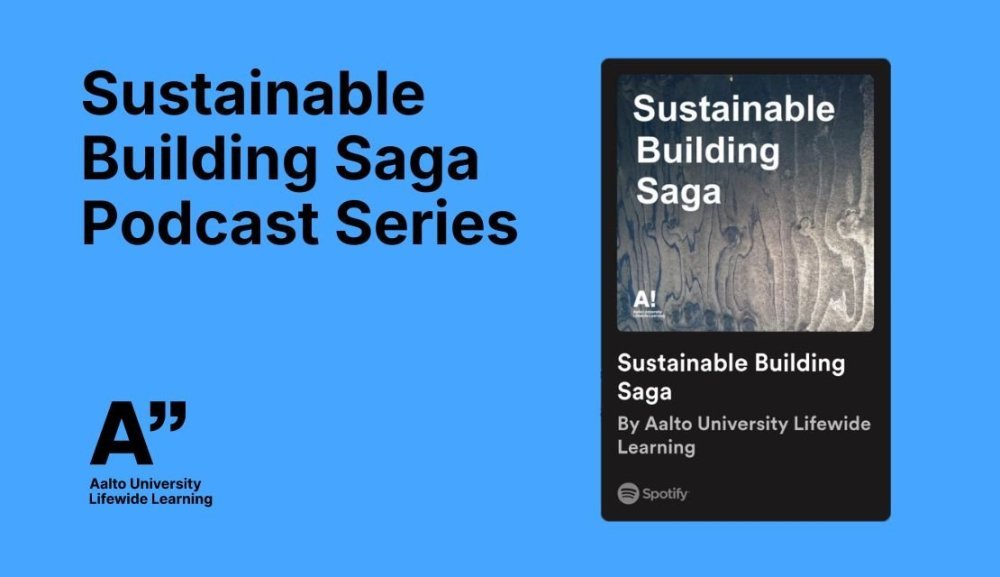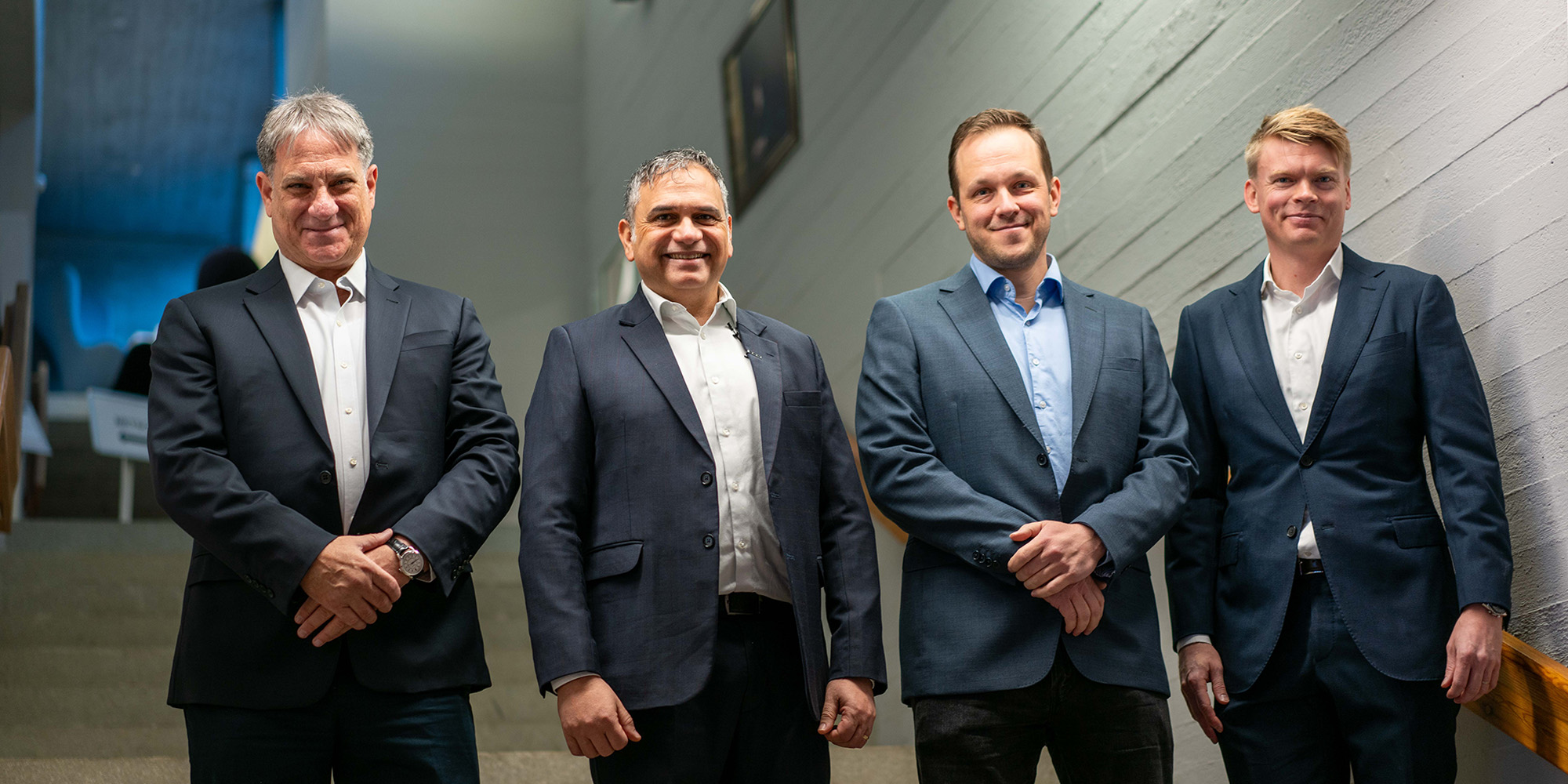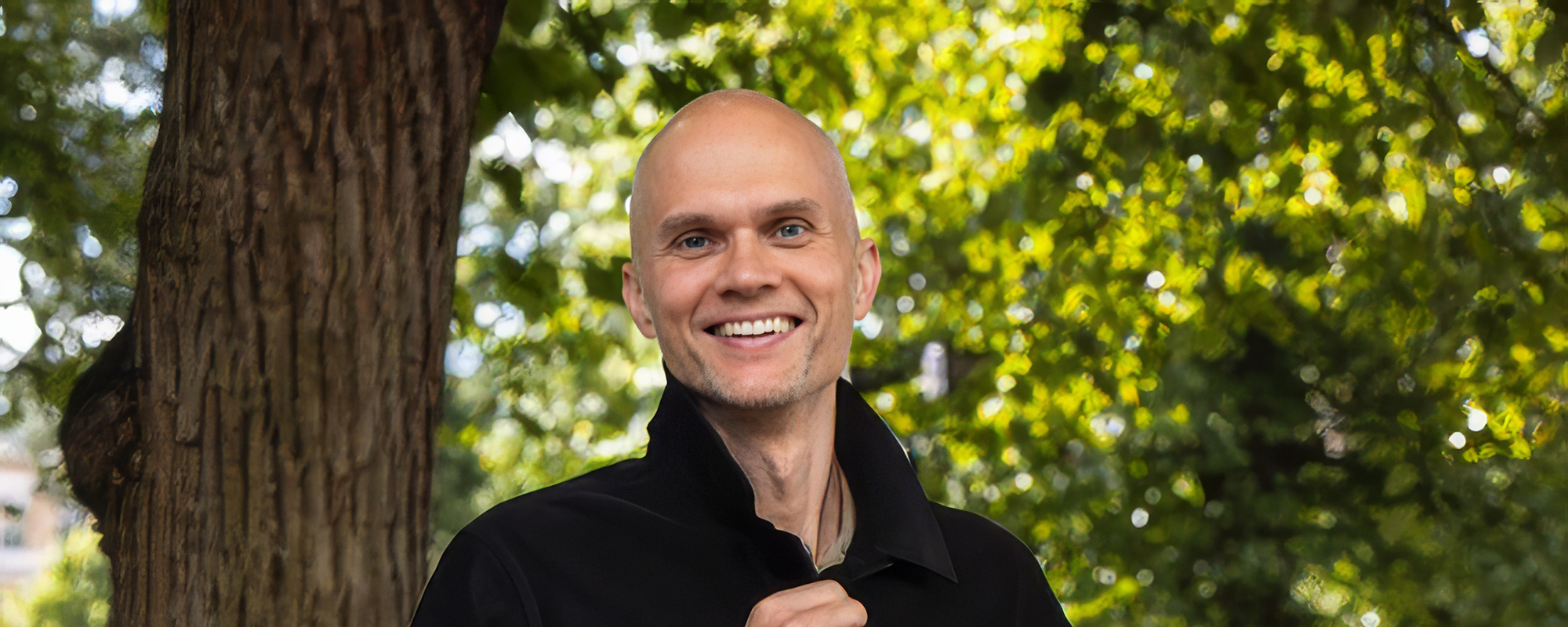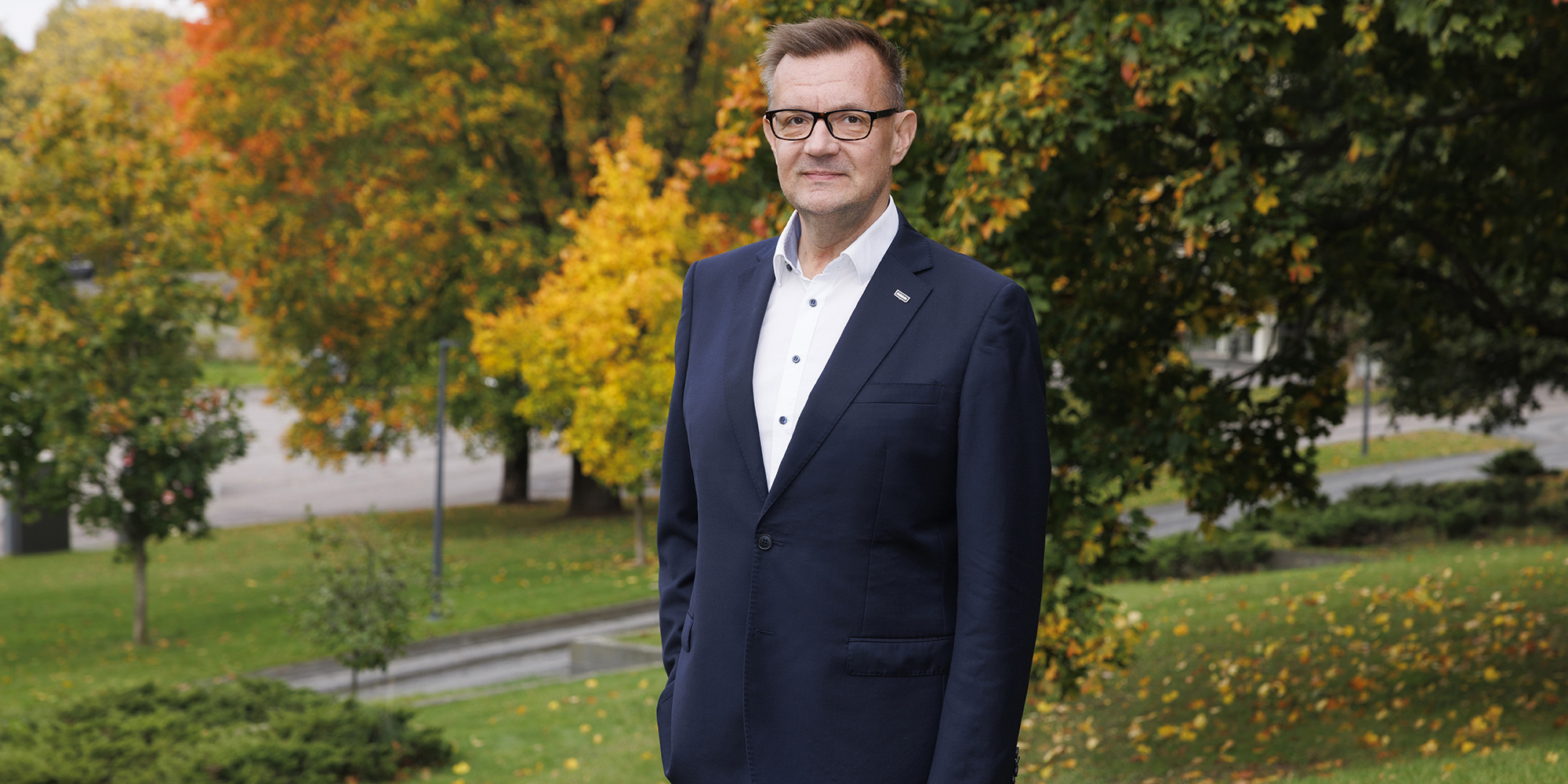Digital vegetation offers a transformative solution. Detailed, data-driven 3D models of urban greenery, integrated into urban planning tools and digital twins, enable planners to analyze, visualize, and discuss urban design for ecological sustainability, climate resilience, and citizen wellbeing. By, for example, quantifying Ecosystem Service provision across urban spaces and allowing these insights to be merged into planning tools and metrics, digital vegetation bridges the gap between ecological knowledge and urban design, empowering cities to balance infrastructure and biodiversity.
This webinar recording provides an overview of current advancements and future directions in digital vegetation, demonstrating its potential to create sustainable, biodiversity-rich cities. Remote sensing and deep learning identify plant species and distributions, while AI-based algorithms create realistic 3D vegetation visualizations. Participatory planning and citizen science tools refine these models by incorporating stakeholder input. Advanced simulations allow planners to predict vegetation growth and test climate resilience strategies.
Digital vegetation will support urban planners in integrating greenery into infrastructure more seamlessly and using diverse species and nature-based solutions in urban designs.
The webinar was organized in cooperation with the FinEst Centre for Smart Cities.



